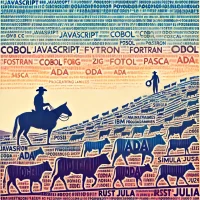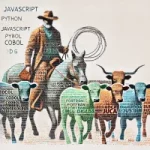Introduction As an electronics enthusiast with over 50 years of experience, I’ve had the privilege of witnessing the dramatic evolution of computing systems. From the early days of 4 and 8-bit machines with minimal RAM to today’s powerful 64-bit computers with terabytes of storage, the progress has been nothing short of extraordinary. The same transformative
Continue Reading “Developing an Open Hardware Device Programmer”




Recent Comments